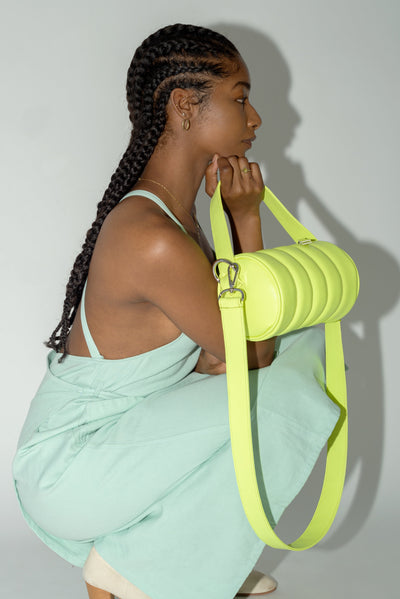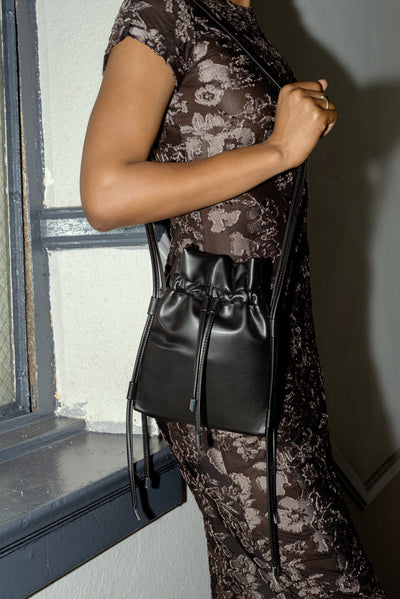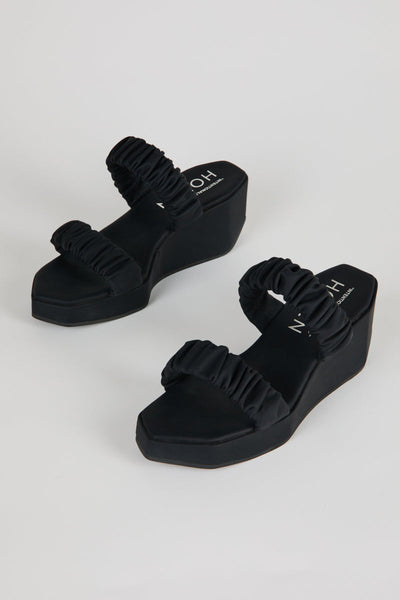It’s no secret that we all love leather. It’s luxurious, soft, stylish, yet incredibly durable. There’s a reason humans have relied on leather to adorn our lives for centuries. It’s perfection. However, the costs to the environment and the process in which leather becomes - well, leather - are not so perfect. As our culture grows more environmentally conscious and focused on sustainable living, we have started to curb our fashion and manufacturing choices to save the earth we love. Leather is no exception, which is why eco-leather is a sustainable, environmentally-friendly answer to traditional animal leather.
Is Leather Eco-Friendly?
What is eco-leather? Simply put, eco-leather is any leather alternative that does not come from an animal. Most eco-leather is made from plant-based material or vinyl. According to some, eco-leather can even sometimes include leather that comes from animals as long as it’s been tanned and dyed with vegetal-based materials instead of harsh toxic chemicals. Is leather eco friendly? Some leather aficionados argue that real animal leather is never eco-friendly because cows not only admit so much C02, but that, for the most part, raising cattle is done in unethical ways. (Did you know one pair of leather shoes costs our air 10kg of C02? That doesn’t seem like a lot, but when you count all the feet on this earth, those zeroes go on and on and on.)

What Is Eco Leather Made Of?
The truest form of eco-leather is made from vegan materials that mimic the feel and look of real leather. Two of the most popular are PVC or Polyvinyl Chloride, (which you may also recognize from your dad’s garage), and PU or Polyurethane. PVC is made from fabric leather backing, topped with a foam layer, then skin layer, and finally, finished with a plastic surface coating. Whereas PU can be fabricated with other sustainable, eco-friendly materials, such as bio-polyoil to create a soft, durable alternative to real leather. PU even wrinkles and feels just like natural leather. Plus, PU uses no plastics and does not create dioxins, so it’s technically one of the greenest forms of eco-leather. Aside from all the environmental pluses of PU, you really can’t beat how supple, soft, and strong it is. Most consumers can’t even tell the difference between PU and animal leather at first touch. It’s wearable, luxurious, and guilt-free.
It’s tough to choose between PVC and PU, but it really depends on what you are looking for in your leather products. PVC boasts a multi-layered structure, which means it is a lot more durable than PU leather. (PVC is commonly used for upholstery and other leather pieces that are prone to nicks and stains.) PU leather is much softer with a natural feel that mimics animal leather. If you are looking for that buttery-soft leather backpack or a stand-out statement piece, then PU eco-leather is better suited for you.
Another less popular, but perhaps wilder, form of eco-leather is Piñatex. This vegan leather is made from pineapple remnants -- literally the shavings off of the skin of pineapple plants, which are then coated and repurposed. Piñatex was developed in the Philippines, but has grown in popularity over the last few years and spread into the worldwide eco-friendly fashion scene.
How Long Does Eco Leather Last?
When shopping for eco-leather, you have to trust the label. It’s important you read all the product details to make sure that the purse or shoes you are buying are 100 percent eco-friendly. Some shoppers are worried that eco-leather won’t have the same longevity as genuine cow leather, but the truth is that eco-leather is less likely to crack, peel, stain, or fade from UV light.
Because there are no plastics used in PU eco-leather, it won’t get that brittle, breakable feel that plastic products often do after being exposed to the elements. Maintenance is much easier with PU than with animal leather. Most eco-leather can be cleaned easily with a rag and warm water, whereas animal leather can begin to crack over time as moisture remains in the material.

Bottom line: there’s a reason that eco-leather has surpassed its four-legged counterpart in durability, touch, and sustainability. We aren’t saying that you have to throw away all the leather in your closet right now, (who doesn’t appreciate some beautiful vintage leather?) But before you go shopping for that perfect motorcycle jacket, or all vegan bags, consider eco-leather. Your closet and Mother Earth will thank you for it.
You can also explore What is Vegan Leather? on our blog at any time.





